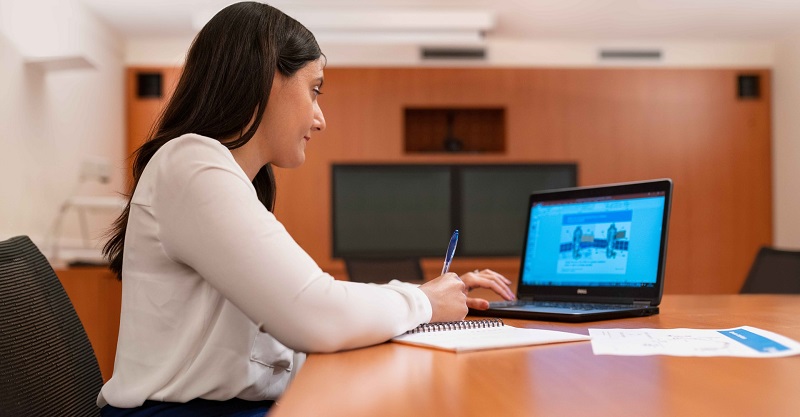Pre-COVID-19, just under 25% of health care organizations in the U.S. had a telemedicine program in place. Yet in the midst of the pandemic, and rollout of new government regulations, virtual care visits are expected to rise to 1 billion this year alone.
COVID-19 has pushed telemedicine to the forefront. Will the trend be long-lasting? How can emergency departments secure the technology’s success?
Telemedicine connects patients to vital health care services remotely, through videoconferencing, monitoring, and other means of digital communication. It is currently being used for the diagnosis and treatment of chronic diseases such as diabetes and cancer, to provide mental health services remotely, and more.
As of January 2020, just under 25% of health care organizations in the U.S. had a telemedicine program in place. Yet in the midst of the coronavirus pandemic, and subsequent rollout of new government regulations and relaxed privacy policies, virtual care visits are expected to rise to 1 billion this year alone.
Telemedicine Market Is Expanding
In the ED, adding telescreening to the triage system during strategic times has been used to reduce LWBS and expanding the hours during which patients can be screened by a provider. In the face of COVID-19, some EDs have begun using telemedicine to “forward triage” patients in an effort to reduce the spread of the virus and protect patients and staff.
Other case uses, such as adding telehealth ED follow-up visits, can enhance patient satisfaction and improve health outcomes. Incorporating telemedicine can play a significant role in how successful emergency medicine will be in its adoption of new payment models that are focused on clinical outcomes.
Until recently, telemedicine hadn’t grown at the same rate in emergency medicine (ED) as in other areas. It is yet to be seen if this trend will reverse in a post-COVID-19 world. Moving forward, how can ED reap the benefits of this technology, which include reducing ED admissions, combatting physician shortage, advancing a patient-centered care model, and increasing access to patients?
Setting Your ED Up for Telehealth Success
So, how can HCOs ensure the success of their telehealth program? There are some metrics and strategies they could use, including:
Setting goals for the telehealth program, which could be improving clinical efficiency and outcomes, increasing patient satisfaction, reducing overhead costs, reducing length of stay, reducing readmission rates, etc. Goals look different for every organization and should be examined prior to any launch. An HCO should evaluate which cost, care, and quality drivers are most important to them because these vary depending on the HCO’s size, purpose, and so on.
Determining Capabilities. Learn what your current and needed tech capabilities are, including software, platforms, and the most appropriate tech provider.
Evaluating Your Department. Take a 360-degree view of key areas as quality of care, level of engagement, clinical efficiency, resource utilization, and technological capabilities. Assessing where you currently stand in metrics such as patient wait times and patient satisfaction helps you set benchmarks by which to measure success post-implementation.
Increasing Communication. It’s important that staff understand the department’s goals so that telehealth services are used correctly. This also includes ensuring that both providers and patients understand the capabilities of the technology and how to receive the most benefit from its use.
Monitoring Progress. A department should set up reporting processes to monitor its telehealth program’s success, whether it’s data collected from the visit, patient or physician surveys, or by other means. That way a program can be adjusted for improvement and can evolve over time.
Data analytics can help during the planning, implementation, and monitoring of telemedicine programs. If you’re interested in improving the quality of your ED services — and preparing for your department’s new normal — contact us for more information or schedule a 30-minute demo.
